All blog posts
<- View categories
-
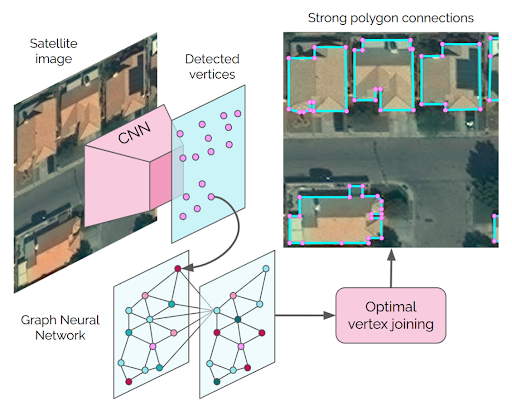
Automated Building Footprint Extraction (Part 3): Model Architectures
Reviewing model architectures for building footprint extraction including naive approaches, model improvement strategies, and recent research.
-
Automated Building Footprint Extraction (Part 3): Model Architectures
Reviewing model architectures for building footprint extraction including naive approaches, model improvement strategies, and recent research.

-
Automated Building Footprint Extraction (Part 2): Evaluation Metrics
In the second part of our Automated Building Footprint Extraction series, we review some evaluation metrics for building footprint extraction.

-
Automated Building Footprint Extraction (Part 1): Open Datasets
In the first installment of this three-part blog series, we summarize some of the latest research on automated building footprint extraction.

-
14 Years of Helping to Manage Stormwater in Philadelphia
A recap of Azavea’s partnership with the Philadelphia Water Department to support stormwater management through Philadelphia’s Green City, Clean Waters plan.
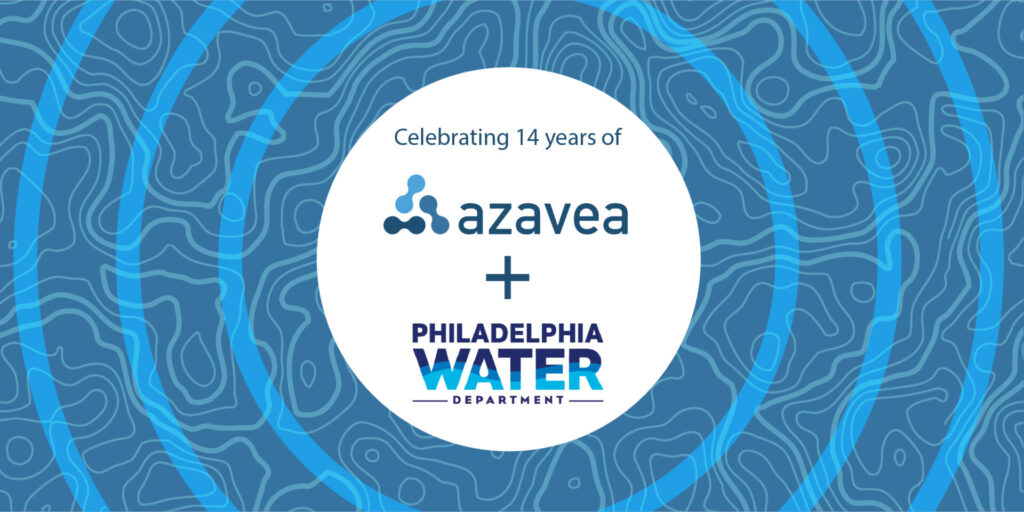
-
Tasking Sprint
Two weeks ago, right before SatSummit, we hosted a “Satellite Tasking API Sprint” at our office in Alexandria. The goal was to initiate a conversation around standardizing how users submit tasking requests to data providers. The companies attending, made up of data providers, analytics users, and developers, represented a wide and deep knowledge base around…

-
Our 10% Time Program: How We Encourage Innovation Internally
We outline our 10% time program in detail, highlight some notable examples and themes, and describe the impact of the program.

-
A Human-in-the-Loop Machine Learning Workflow for Geospatial Data
In this blog we demonstrate how an active learning approach can boost machine learning model performance with the human-in-the-loop workflow.
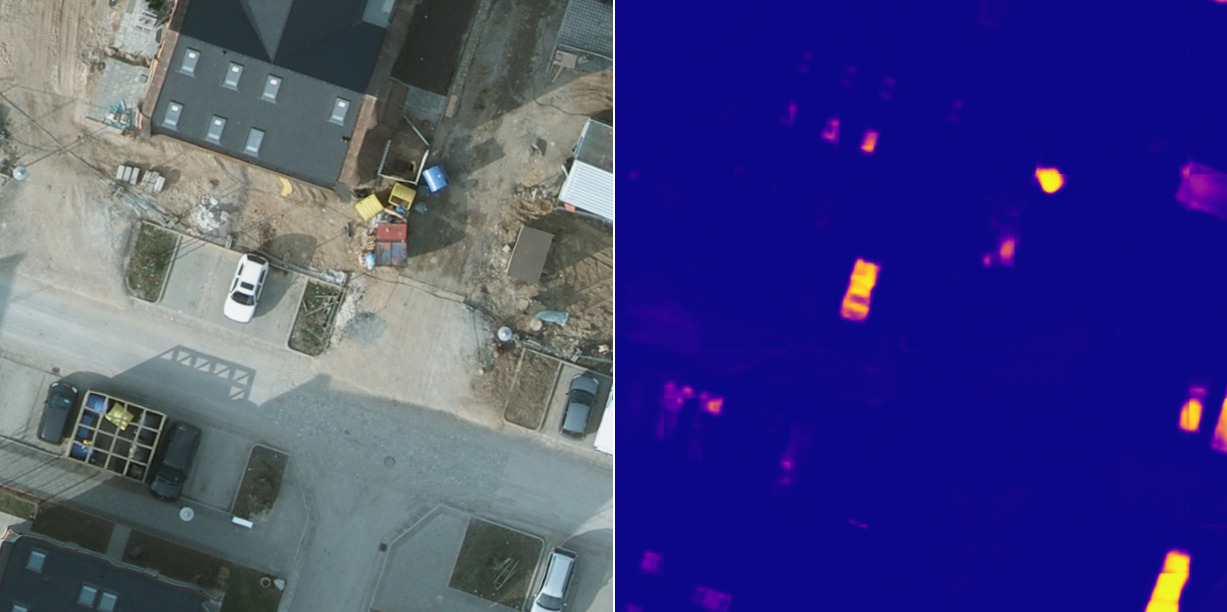
-
Benchmarking Zarr and Parquet Data Retrieval using the National Water Model (NWM) in a Cloud-native environment
In order to benchmark efficiency, we take a deep dive into Zarr and Parquet data retrieval to compare performance on various time scales.
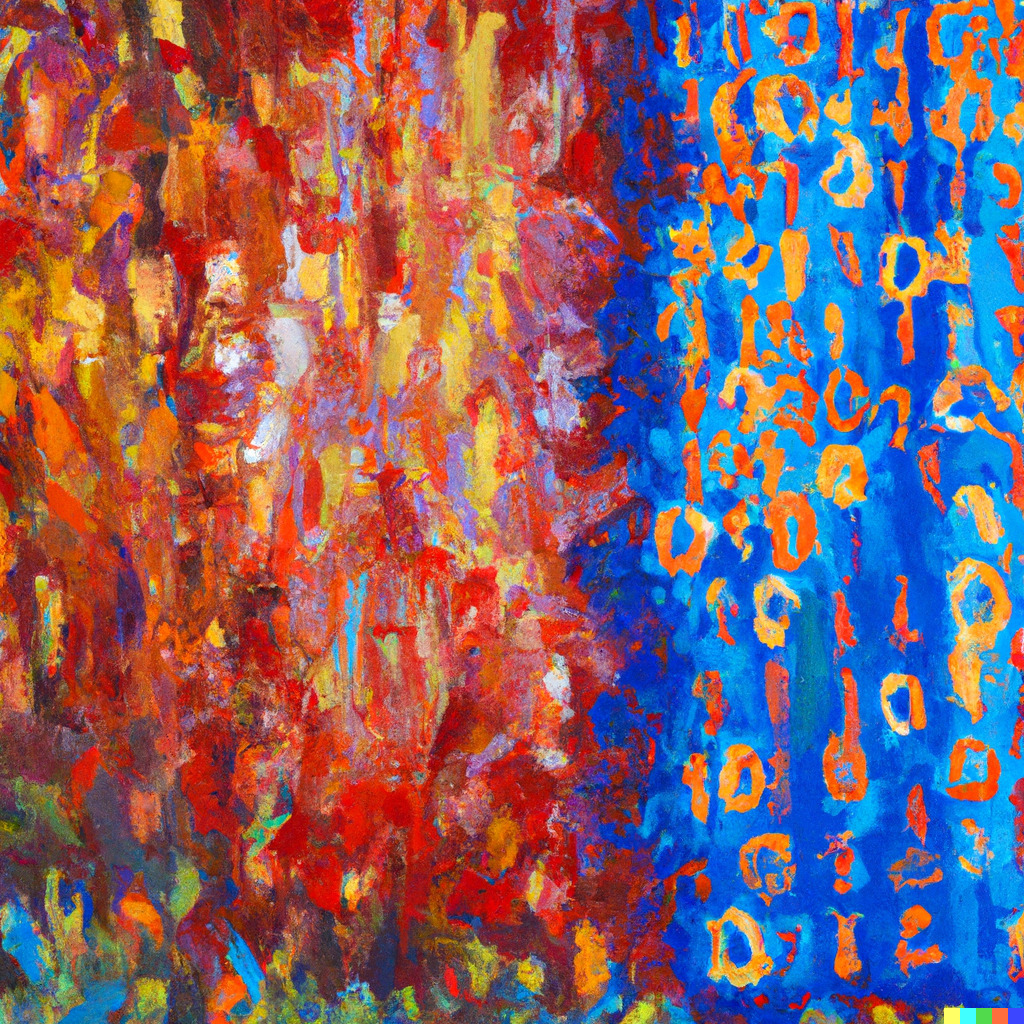
-
Building a fast-loading and responsive application using Next.js
Due to Next.js’ ability to populate webpages in remote areas, we used it to build a decision-support tool that conveys landslide risk.
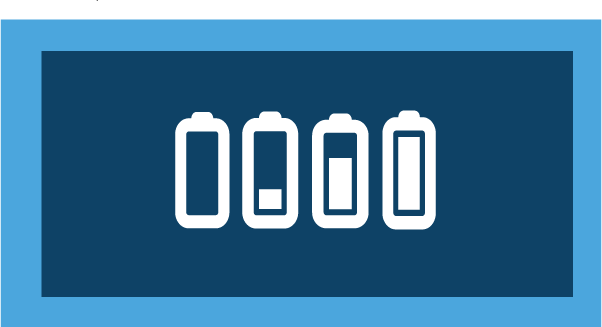
-
1% For Open Source: Financial Support for Tools We Use
We donate a portion of our profits each year to support open source projects nominated by our team.
